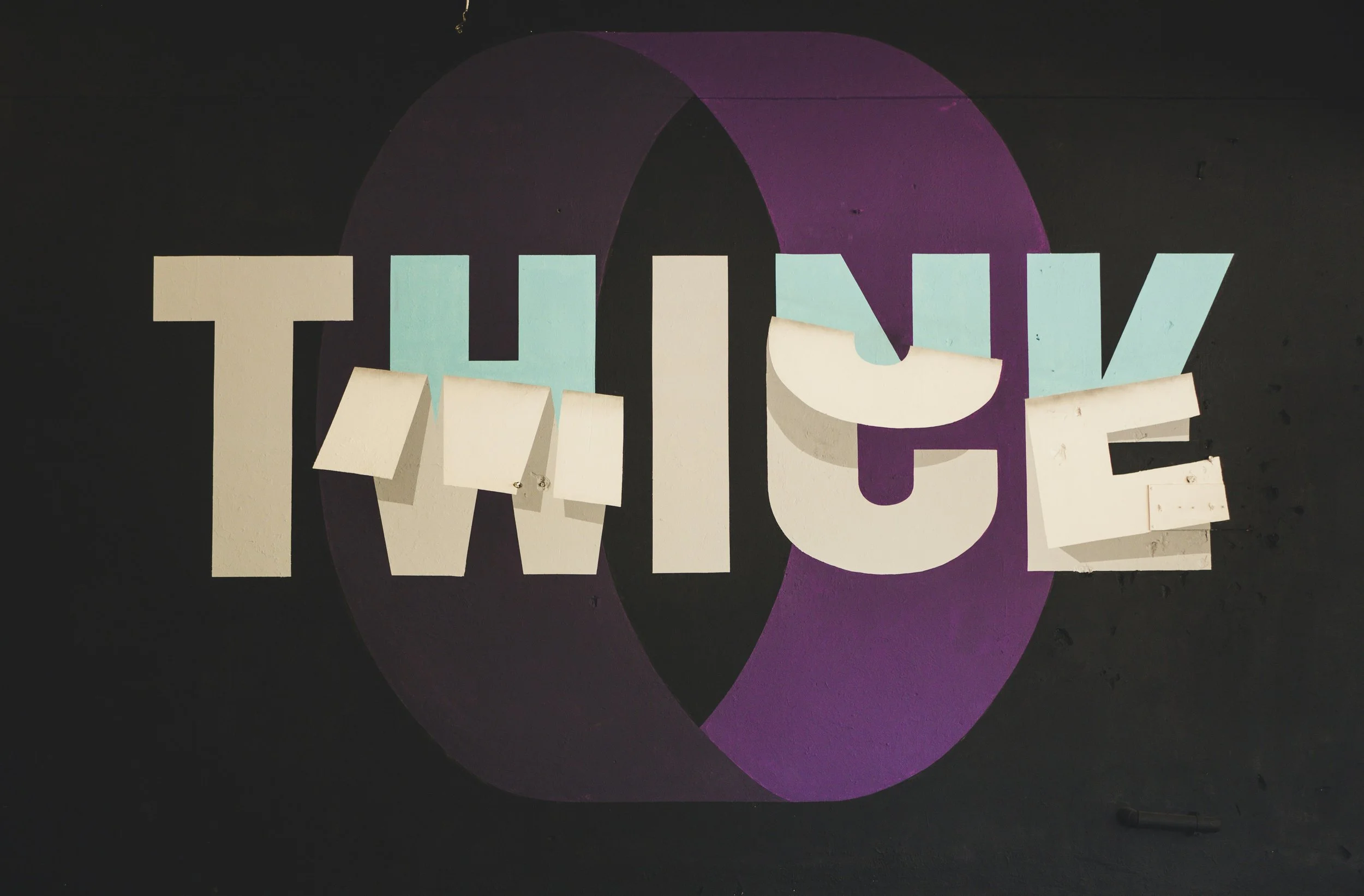Building Brand Value
In the field of architecture and interior design, establishing a strong brand is not just beneficial—it's essential for long-term success and client trust. A brand transcends mere aesthetics; it encapsulates your firm’s identity, ethos, values, and the promise you make to your clients. Crucially, the value of a brand hinges significantly on stakeholder buy-in, adherence to core values, a clear mission, and flawless brand execution.
The Foundation: Values and Mission
The process of building a brand begins with a clear articulation of your firm's core values and mission. These elements serve as the cornerstone of all business strategies and communication efforts. In architecture and interiors, where projects often involve large investments and personal tastes, a firm’s values might include creativity, sustainability, quality, and client-centric service. The mission, on the other hand, reflects your firm’s purpose and ambition, such as "to design spaces that perfectly balance function with aesthetics, tailored to each client’s unique needs."
These foundational elements must resonate throughout every layer of the organisation and be evident in every project and interaction. For example, if sustainability is a core value, this should be apparent not just in the materials and methods you recommend, but also in your office practices and company culture.
Stakeholder Buy-In: The Keystone of Brand Success
Stakeholder buy-in is pivotal. This group is broad, encompassing clients, suppliers, partners, employees, and even the media. Each stakeholder group has its own expectations and demands, which must be managed to enhance brand perception and value.
Clients expect innovation, efficiency, and responsiveness that align with your brand promise.
Suppliers and partners need to trust in your business’s viability and ethical standing.
Employees, as brand ambassadors, must believe in the brand’s mission and values to effectively convey them in their work and interactions.
Gaining and maintaining this buy-in requires consistent communication, transparency, and demonstrated commitment to the brand's values and mission. For instance, client presentations that underscore your commitment to sustainability or community involvement can strengthen stakeholder relationships and enhance brand loyalty.
Brand Execution: Consistency is Key
Brand execution within the design industry covers every touchpoint of your service – from the initial marketing efforts and client interactions to the details of design and the follow-up services post-completion of a project. Consistency in brand execution builds trust and reliability, crucial for securing repeat business and referrals in a highly networked industry.
This consistency must be evident in the quality of designs, the clients service experience, the user interface of your website, social media interactions, and even the attire and demeanor of your staff. Every element should reflect the brand’s values and mission, creating a cohesive and predictable experience that clients can rely on.
The Impact of Effective Brand Building
A well-crafted brand does more than distinguish your firm from competitors. It builds emotional connections and loyalty, which are particularly potent in a field as personal and impactful as the creation of living or working spaces. Brands that successfully integrate stakeholder interests and brand promises into their business operations are more likely to achieve:
Increased Client Trust: Clients are more likely to entrust their projects to firms whose brands they perceive as reliable and aligned with their personal or corporate values.
Enhanced Market Positioning: A strong brand can command premium pricing and position a firm as a leader in specialty areas like sustainable design or innovative workspaces.
Greater Employee Engagement: A clear and compelling brand attracts talent and can significantly boost employee morale and productivity.
Conclusion
In conclusion, within the design industry, brand building is not merely about visual identity—it's about embedding your firm’s values and mission into every aspect of your operations and aligning with the expectations of all stakeholders. Effective brand execution, which reflects consistency and quality across all touchpoints, ultimately dictates the perceived value of your brand. By fostering strong stakeholder relationships and delivering on your brand promise with every project, your firm can achieve sustainable growth and success in these creatively demanding fields.

